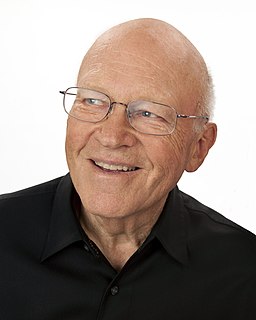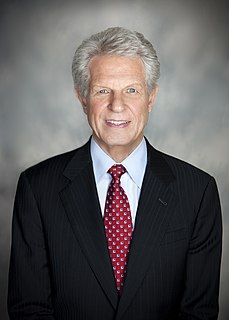A Quote by Simon Mainwaring
Transforming a brand into a socially responsible leader doesn't happen overnight by simply writing new marketing and advertising strategies. It takes effort to identify a vision that your customers will find credible and aligned with their values.
Related Quotes
Marketing is your battle plan for the sales team - it's about defining the landscape. Marketing is doing cohort analysis and understanding exactly what possible customers are out there. It's understanding not only which customers will respond to what messages, but also how customers will become clients if you include certain product features.
Observing and understanding the social media phenomenon is one thing-leveraging this trend for advertising purposes is quite another. While most companies recognize the value of social media advertising opportunities, not many have figured out how to execute these kinds of campaigns and the unique risks they entail because of the potential that a viral marketing effort can backfire and actually harm a brand.
Boxes and rectangles on the side or top of a website simply do not deliver against brand advertising goals. Like it or not, boxes and rectangles have for the most part become the province of direct response advertising, or brand advertising that pays, on average, as if it's driven by direct response metrics.

































